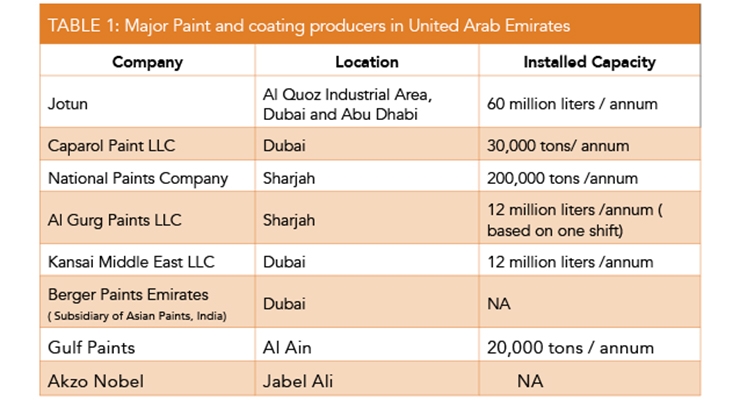Recognizing The Effect Of Weather Condition On Commercial Outside Paint: Necessary Insights
Recognizing The Effect Of Weather Condition On Commercial Outside Paint: Necessary Insights
Blog Article
Post By-Fabricius Hollis
When you're intending a commercial external painting job, do not undervalue the effect of weather condition on your outcomes. You require to take into consideration elements like temperature level, moisture, and rainfall, as they can make or damage your paint work. For example, did you know that suitable conditions require particular temperature arrays and humidity levels? Falling short to check these facets can cause unequal surfaces and even damage to fresh paint. Recognizing these components is vital to achieving a resilient, expert result. So, what certain climate condition should you watch out for?
Temperature Considerations
When it involves business exterior painting, temperature plays a critical function in the outcome of your job. If you're painting in extreme heat, the paint can dry too swiftly, causing issues like inadequate attachment and irregular finishes. You want to aim for temperature levels in between 50 ° F and 85 ° F for the best outcomes. Below 50 ° F, paint might not treat properly, while above 85 ° F, you take the chance of blistering and cracking.
Timing your job with the ideal temperature levels is important. Begin your work early in the morning or later on in the mid-day when it's cooler, especially during warm months.
Also, take into consideration the surface temperature; it can be significantly higher than the air temperature, especially on sunny days. Utilize a surface area thermometer to check this before you begin.
If temperatures are unforeseeable, watch on the weather forecast. Unexpected temperature level declines or heat waves can derail your strategies. You don't want to start repainting only to have the problems transform mid-project.
Humidity Degrees
Moisture levels dramatically affect the success of your industrial external painting job. When the humidity is too expensive, it can impede paint drying out and curing, resulting in a range of issues like bad bond and complete high quality.
If you're intending a job during moist conditions, you might locate that the paint takes longer to dry, which can extend your project timeline and boost expenses.
Alternatively, low humidity can also present obstacles. Paint may dry out too rapidly, stopping appropriate application and leading to an irregular coating.
You'll intend to keep track of the humidity levels carefully to ensure you're working within the excellent range, commonly in between 40% and 70%.
To get the most effective results, think about utilizing a hygrometer to determine moisture prior to starting your task.
If you find the levels are outside the optimal variety, you might require to readjust your routine or pick paints developed for variable conditions.
Always get in touch with the manufacturer's guidelines for certain referrals on humidity resistance.
Rainfall Impact
Rain or snow can significantly interrupt your business outside paint plans. When precipitation occurs, it can remove fresh used paint or develop an irregular surface. Ideally, you wish to pick days with completely dry weather condition to make certain the paint sticks appropriately and remedies efficiently. If you're captured in a rain shower, it's best to halt the project and wait for conditions to boost.
Furthermore, please click the following internet page can be much more damaging. https://judahhqyhp.blogadvize.com/40632638/improve-your-paint-abilities-with-informative-ideas-from-specialists-to-guarantee-flawless-results-and-convert-your-interiors-right-into-a-creative-accomplishment does it create a damp surface, yet it can additionally reduce temperature levels, making it difficult for paint to dry. This can bring about issues like peeling off or blistering down the line.
It's critical to inspect the weather forecast before starting your task. If rain or snow is forecasted, think about rescheduling.
Always bear in mind to allow appropriate drying out time between layers, especially if the climate stays unpredictable.
Final thought
Finally, watching on the climate is essential for a successful industrial outside painting task. By keeping track of temperature, humidity, and rainfall, you can guarantee the best problems for application and curing. Keep in mind to intend your work around desirable weather and constantly adhere to producer standards. With the appropriate approach, you'll achieve a lasting, beautiful finish that can withstand the components. Don't allow the weather condition capture you off guard-- remain educated and paint smart!
